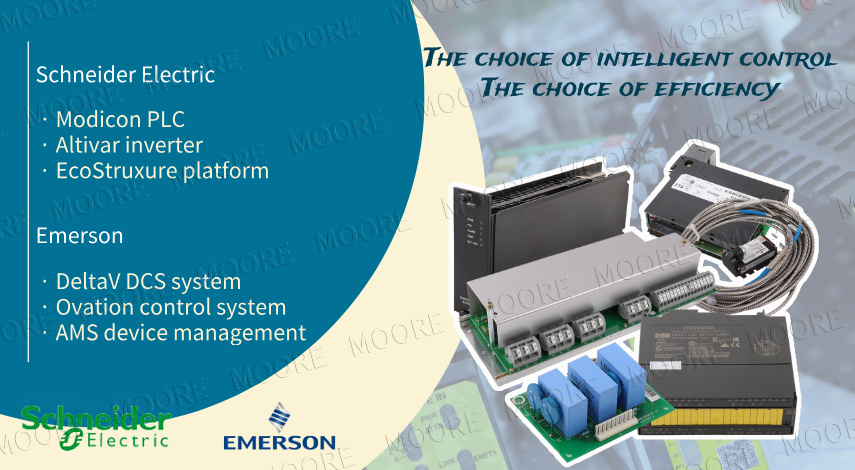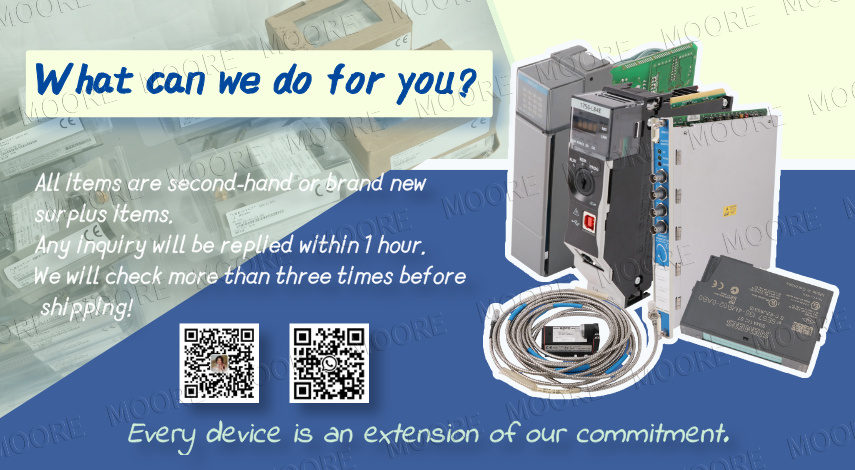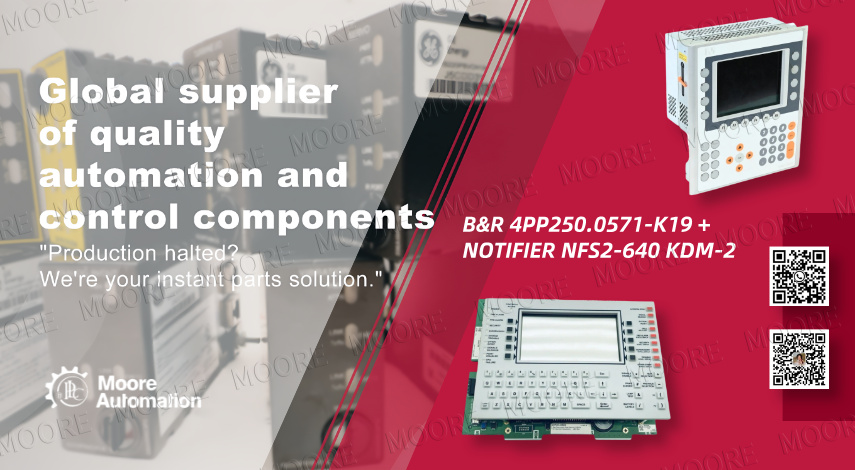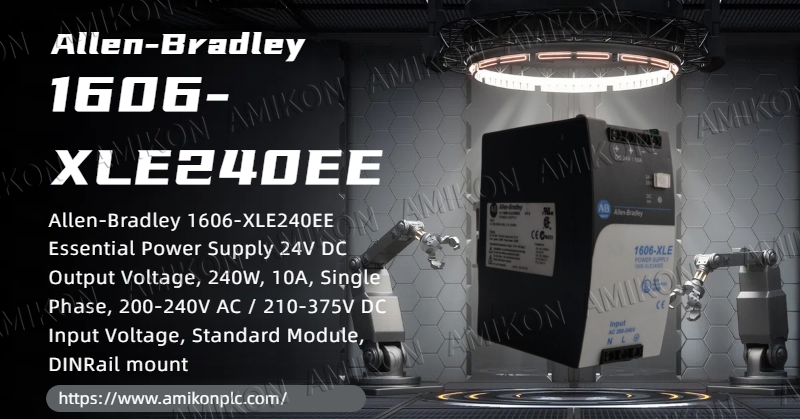In the field of industrial automation, ABB has always been synonymous with high performance and high reliability. As the core processor of ABB AC 800M control system, PU516 3BSE013064R1 has become the preferred solution for many key industries with its excellent computing power and system stability. Produced by ABB, stable performance
Produced by ABB, stable performance
PU516 is a powerful main processing unit that supports complex control logic and multiple industrial communication protocols. It can be seamlessly integrated with ABB’s own modules (such as S800 I/O, communication modules and power modules) to build an efficient and flexible control system architecture. Product highlights:
Product highlights:
ABB original, global unified standard
Compatible with ABB Control Builder engineering platform
Support PROFIBUS, Modbus, Ethernet/IP communication
Applicable to redundant control systems to improve reliability
Easily integrated into ABB’s full set of automation solutions
 Widely used, intelligent drive
Widely used, intelligent drivePU516 is widely used in ABB process control systems, covering power, water treatment, chemical, oil and gas and other industries. Its modular design is not only easy to expand and maintain, but also in line with ABB's overall strategy to promote intelligent manufacturing.
 Core parameter overview:
Core parameter overview:Model: PU516
Order number: 3BSE013064R1
System platform: ABB AC 800M
Support tool: ABB Control Builder
Interface: Ethernet, serial port, bus
Function: logic control, data processing, redundancy support
 Summary
SummaryIf you are looking for a stable, efficient and easy-to-integrate control processor, ABB PU516 3BSE013064R1 will be your ideal choice for industrial automation system. Relying on ABB's global service system and technological advantages, it lays a solid foundation for future smart factories.
DUNGS DMV-VEF512/11 S12 DMVVEF51211S12
SIC MARKING E6 REV. C 17051
KEB 09.F4.S1D-1220/1.2 09F4S1D122012
ROYAL VARISET EPA3001-G EPA3001
TRUMPF TLS_18-12-34-P1_V01 030287
PLASMO 82-004
KEB F5 07F5S1A-YA00 4-008-39-1524
SUN DTDAXCN224
GT2505HSVTBD GOT2000
HBM T5 100Nm 2mV 210313051 1-T5/100NM
LEUKHARDT DIALOG 8-F 8F 6307025
SICK C40E-0901BN310
6SE92127DA40
B&R 8LVA22.R0030D000-0
DS403-RS
DS403IN
FRA84000380260
PPBE0622
SH-10
BALLUFF BTL2-P1-0450-F-S50
SIEMENS 6GK5204-0BS00-2NA3
BOSCH CNC SERVO 047826-204401 047927-2027
SIEMENS 570534.0003.02 840C 6FC5103-0AE01-0AA1
MSI GmbH FSS 3.5 S FLOPPY-SUBSYSTEM FSS3.5
B&R SV2LST11-1/3
CEV65M10580
BERGER LAHR IFA62/2DP0ISDS/5DC-I54/2-012KPP54
D1CAD4K32011G200D
SIEMENS 6SL3040-1LA00-0AA0 CU310-2
ATLAS COPCO 1426695 87288.000001 80619.000032
12F5B1B350A
MURR 58841 M12L 4P
QVG05EM 0133913/L11
SICK OD2-P85W20C0 6036615
BILANCIAI DD700 T11617
ZELLWEGER 9125 09125
R88MG20030HBS2
5AP981.1505-01

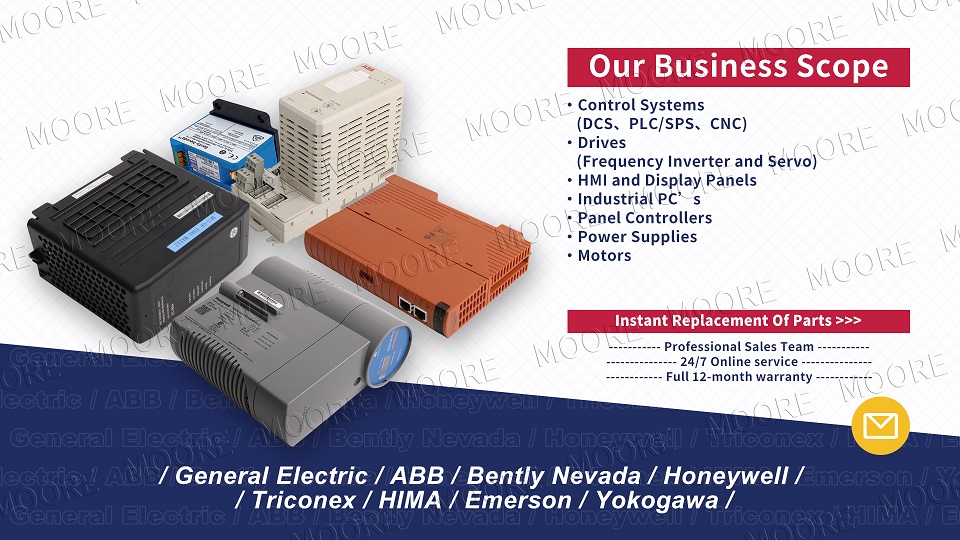
 What is
What is  Main features
Main features
 Application areas
Application areas Summary
Summary
